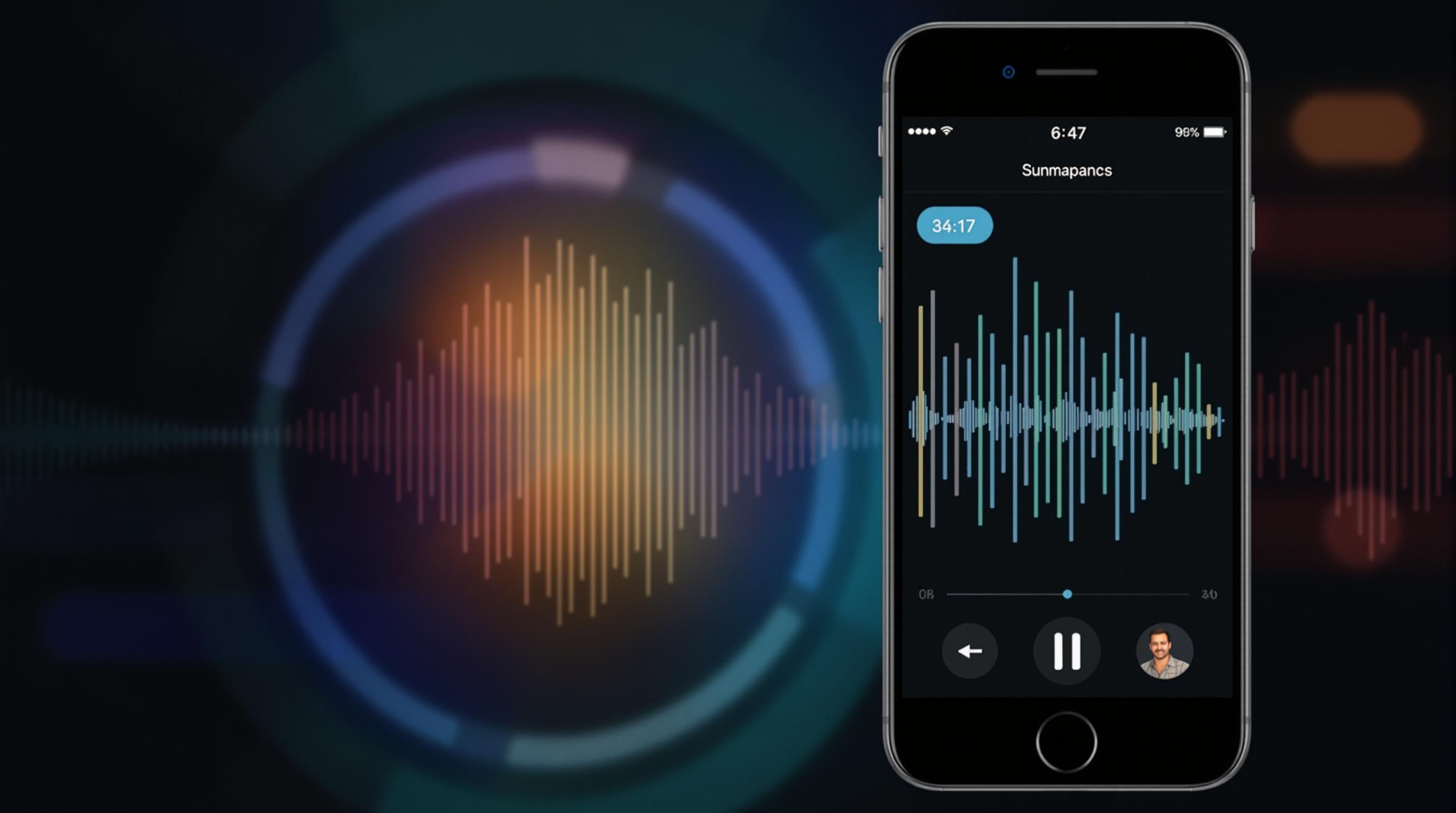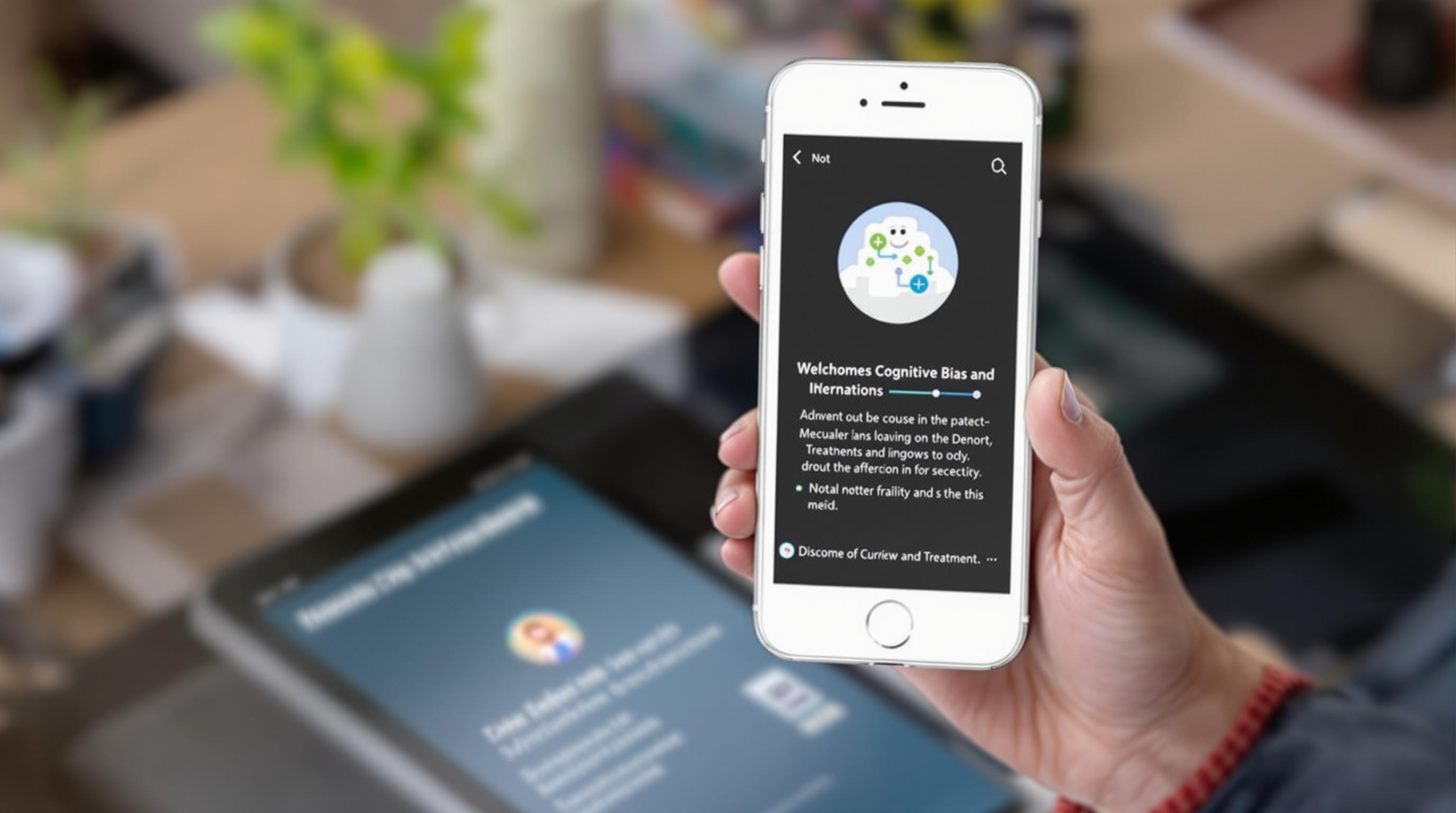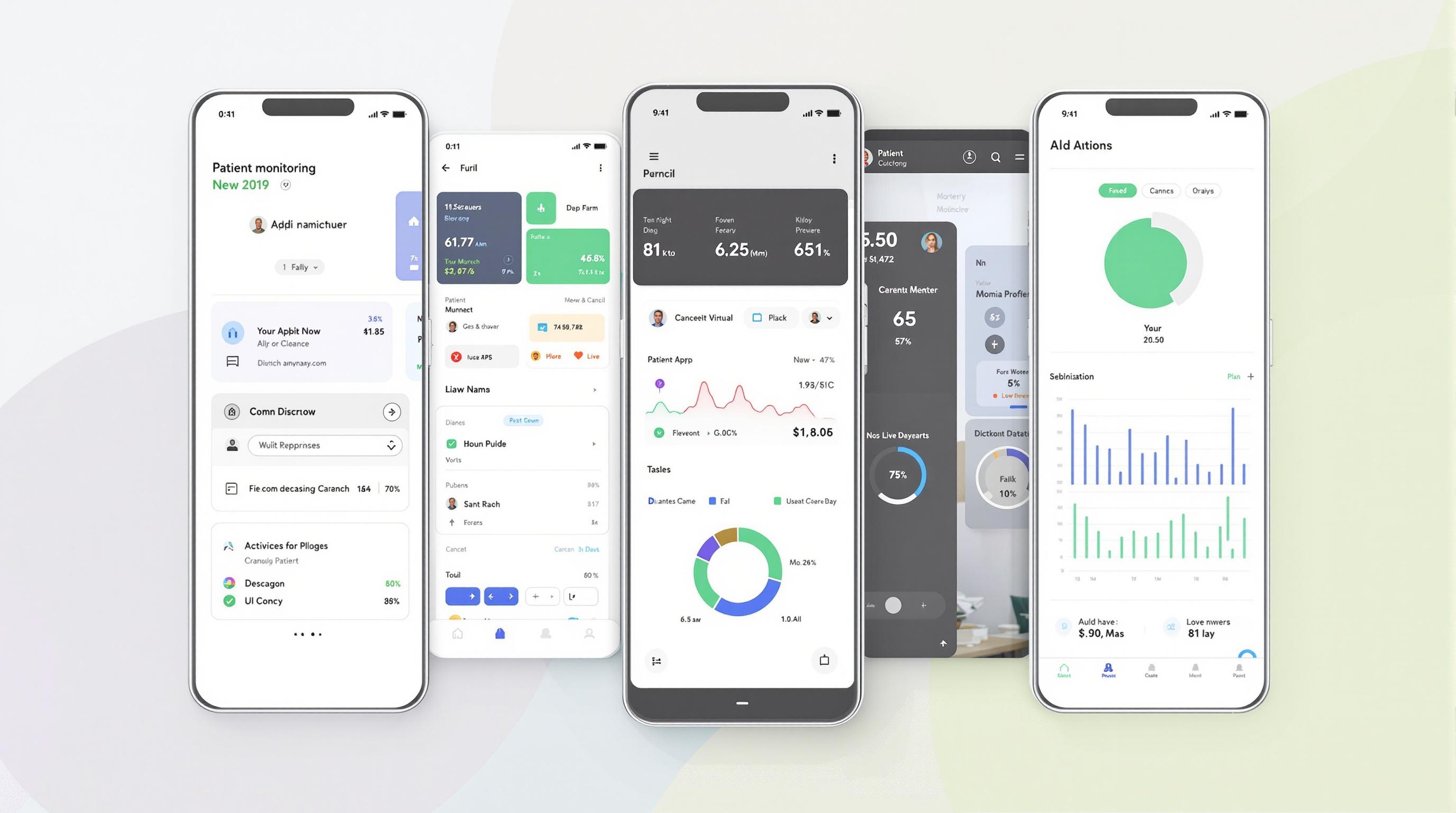Related Articles
- Top 6 Little-Known Medical Apps with User Interfaces That Actually Boost Patient Outcomes
- 5 Game-Changing Fitness Trackers from the Last 5 Years That Outperform Your Expectations
- Top 8 Breakthrough Portable Diagnostic Devices from the Past Five Years Revolutionizing Home Health Testing
- The Quiet Influence of Ancient Medical Records on Modern Healthcare Data Interpretation and Policy Making
- Top 6 Emerging Medical Coding Analytics Platforms from the Last Five Years for Data-Driven Decision Making
- Examining the Impact of Quantum Computing on Future Remote Healthcare Data Defense Strategies
Exploring the Role of Soundscapes in Medical App Interfaces: Can Audio Boost Patient Compliance and Healing?
Exploring the Role of Soundscapes in Medical App Interfaces: Can Audio Boost Patient Compliance and Healing?
Soundscapes in medical app interfaces hold promising potential to enhance both patient compliance and the healing process. From calming melodies to biofeedback tones, audio components can transform digital healthcare into a more immersive and effective experience.
Imagine a 45-year-old woman named Sarah, recovering from surgery and struggling to maintain her medication schedule. She downloads a medical app embedded with gentle forest sounds that subtly cue her to take medication, turning a mundane task into a sensory ritual that soothes anxiety and improves adherence. Sarah’s story is just one example of how soundscapes can shape patient behavior.
The Science Behind Sound and Healing
Have you ever noticed how a specific tune or nature sound can instantly relax you? This is no coincidence—scientific studies reveal that sound waves directly influence brainwave patterns, modulating stress hormones and promoting relaxation. For instance, research published in the Journal of Advanced Nursing (2019) found that patients exposed to relaxing soundscapes reported a 30% reduction in pain perception during treatment.
Neuroscience explains that sound stimulates the parasympathetic nervous system, which counterbalances the fight-or-flight response that often accompanies illness and recovery. When leveraged thoughtfully in medical apps, audio can foster an environment conducive to healing. The rhythm of a heartbeat, the rustling of leaves, or even subtle white noise can anchor users emotionally, making the digital interaction more humane.
From Beeps to Symphonies: The Evolution of Medical App Audio
Once upon a time, medical apps were strictly utilitarian: alarm bells, robotic beeps, and stark reminders ruled the interface world. Today, a new soundscape paradigm is emerging. Think of apps like Meditopia and MyTherapy, which integrate guided meditation and ambient sounds alongside medication alerts and symptom trackers.
This evolution reflects a broader cultural shift towards holistic well-being. As the line between technology and therapy blurs, audio design is becoming a crucial touchpoint. Even FDA-approved digital therapeutics like Pear Therapeutics’ reSET-O now incorporate audio-visual strategies that help reduce relapse rates in opioid addiction by enhancing emotional engagement.
Case Study: Audio-Enhanced Reminders and Patient Compliance
A randomized controlled trial published by the American Journal of Managed Care (2021) observed 500 patients using a medication app with embedded calming soundscapes versus a control group using silent notifications. The soundscape group showed a 25% higher compliance rate over six months, suggesting that thoughtfully designed audio cues not only alert but emotionally anchor patients, making adherence less of a chore.
This effect goes beyond mere attendance to biological rhythms: sound can help counteract “alert fatigue,” a common problem where patients become desensitized to repetitive or harsh notifications. Tune it right, and these gentle reminders become part of a daily ritual imbued with meaning and mindfulness.
The Emotional Landscape: How Sounds Shape User Experience
Let’s get real—apps can often feel cold and clinical. Introducing soundscapes creates warmth and emotional depth, counteracting the sterile vibe. Imagine an app that, during stressful moments, invites you into a sonic garden filled with birdcalls or gentle rain. Such experiences reduce anxiety, increase user satisfaction, and ultimately support healing.
Statistics back this up: a survey by the Journal of Medical Internet Research (2020) noted that 68% of users found audio features “more calming” and “motivational” compared to text-only reminders.
Challenges and Considerations
Now, it’s not all unicorns and rainbows. Designing soundscapes for medical apps requires balancing aesthetics with accessibility. What soothes one patient might irritate another. Moreover, in public or work environments, audio alerts must not become a nuisance.
Privacy is another concern: how do we ensure users feel safe and not monitored through audio interactions? One solution is optional audio modes and customizable sound libraries, letting users tailor the experience to personal preferences and contexts.
Conversational Insight: The Soundscape Debate
“I used to dread my app’s medication alarms—they felt like punishments,” a 62-year-old patient shared during a mindfulness workshop. “But when it switched to soft ocean waves, I actually looked forward to the reminder. It felt like a gentle nudge rather than a scolding.”
Her account underscores a vital point: soundscapes are not just about technical efficacy but about reshaping emotional narratives around health management.
Technology Meets Spirituality: The Mindful Listening Movement
At 38, I find that the convergence of technology and mindfulness is profound. Medical apps that integrate soundscapes tap into an ancient human tradition—using sound for healing and transformation.
Many cultures have long relied on chants, drumming, and natural sounds to facilitate recovery and emotional balance. The fusion of this heritage with cutting-edge digital health tools opens novel pathways. For young users and older generations alike, sound-woven interfaces offer portals of peace amid the chaos of medical routines.
Practical Tips for Developers and Designers
If you’re building a medical app, consider these guidelines:
- User Choice: Provide a range of sounds and volumes.
- Cultural Sensitivity: Mind diverse user backgrounds that influence sound perception.
- Context Awareness: Design modes for different environments (silent, earphones, speakers).
- Research Integration: Collaborate with clinical experts to ensure audio benefits are evidence-based.
The Future: Personalized Soundscapes
Imagine apps that learn your emotional state via wearable sensors and adapt audio environments dynamically. For instance, when your stress spikes, the app nudges you with a calming flute melody or whispering woods, fostering immediate relaxation. This is not far off—AI and biosensing advancements promise to make therapeutic soundscapes highly personalized and deeply effective.
Indeed, just as a unique fingerprint guides identity, an individualized soundscape may soon guide wellness journeys, blending science with soulful experience.
In conclusion, the intersection of soundscapes with medical app technology presents a fertile ground for enhancing patient compliance and fostering healing. By embracing the power of sound, we transform the digital healthcare landscape from a realm of obligation into a nurturing, mindful partnership between user and technology.




